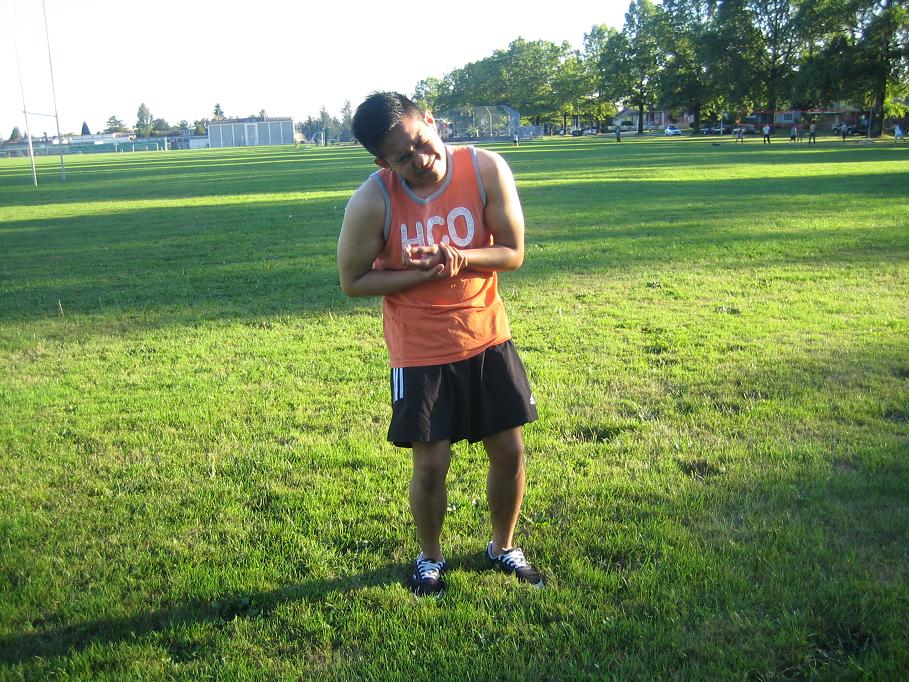Bedbug bites are usually active at night time and bite humans sleeping during the night. They feed by piercing the skin and draw out blood using an elongated beak. The bedbugs feed from 3-10 minutes to end up engorged and crawl away unseen.
https://www.youtube.com/watch?v=3RdjdBcqv4Y
Most cases of bedbug bites are initially painless but later on turn into itchy welts. The difference with flea bites is that they are usually found around the ankles while bedbug bites can be found on any part of the skin while sleeping. In addition, the bites do not have a reddened spot in the middle. If an individual is allergic, he/she might develop reactions such as rashes.
Many are not aware that there is already an infestation of bedbugs that might attribute the itchiness and welts to other possible causes such as mosquitoes. One means to check bedbug bites is to recognize the bugs themselves.

Indications of a bedbug infestation
If an individual wakes up with itchy parts he/she did not have before going to sleep, there might be bedbugs especially if a used bed or other furniture was used around the time the bites started. Other indications of bedbugs include the following:
- Blood stains on the pillowcases or sheets
- Rusty or dark spots of excrement on the mattresses, sheets and walls
- Fecal spots, shed skin and egg shells in areas where bedbugs hide
- Musty or offensive odor from the scent glands of bedbugs
Management
Eliminating bedbugs starts with proper cleaning of all areas where they thrive which includes the following:
- Clean linens, bedding, curtains and clothing using hot water and dry using the highest dryer setting. Items that could not be washed such as shoes, stuffed animals and other items can be placed in a dryer with the highest setting for 30 minutes.
- Using a stiff brush, scrub the seams of the mattress to get rid of bedbugs and their eggs before vacuuming.
- Vacuum the bed and surrounding area regularly. The vacuum cleaner bag should be placed in a plastic bag and discarded in a garbage bin outdoors.
- Enclose the mattress as well as the box springs using a tightly interlaced zippered case to prevent bedbugs from moving in or moving out. Bedbugs can survive up to a year without requiring to feed, thus keep the cover on for at least a year to ensure that all bugs are dead.
- Any cracks in plaster and peeling wallpaper should be repaired to get rid of areas where the bedbugs can hide.
- Eliminate any clutter around the bed.

